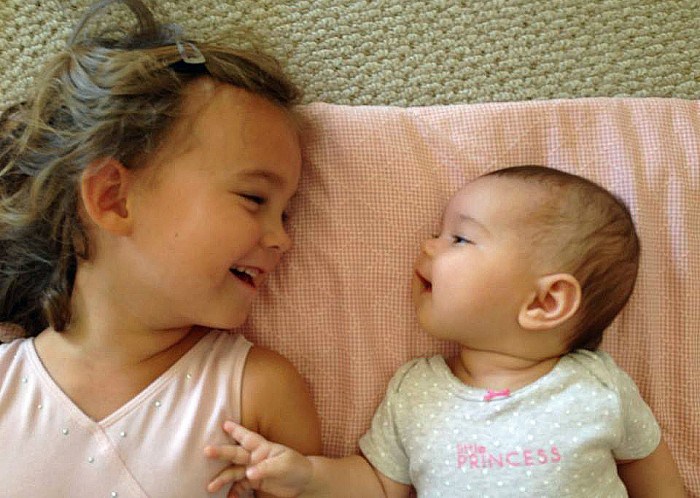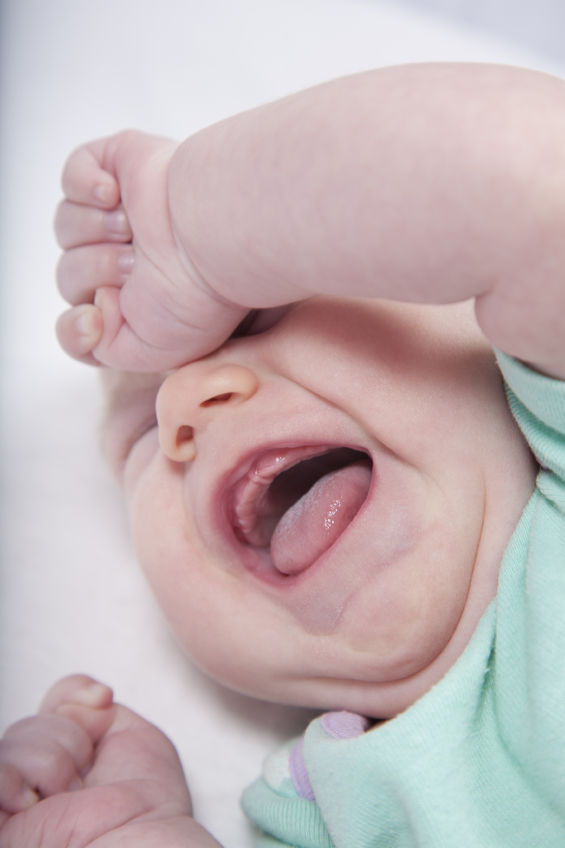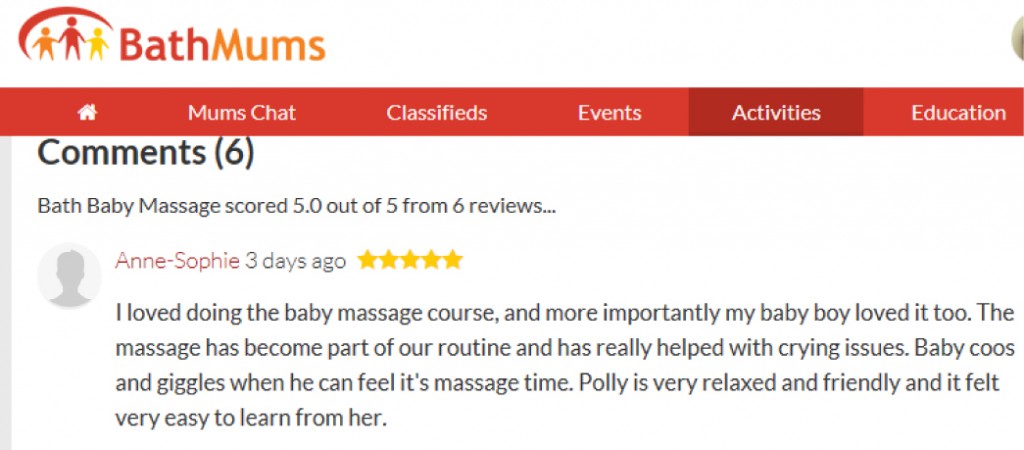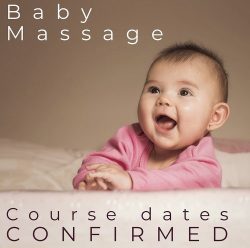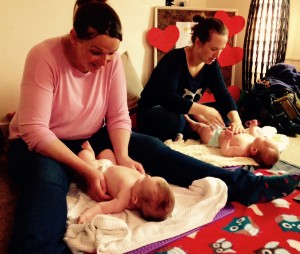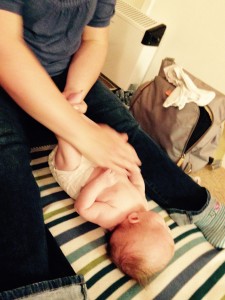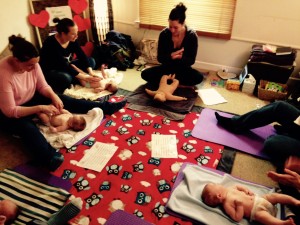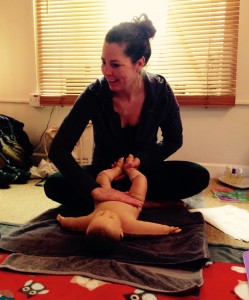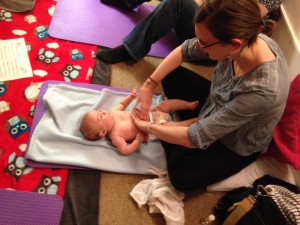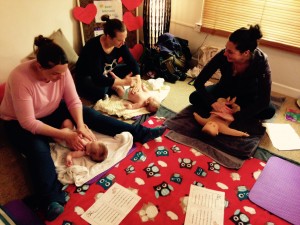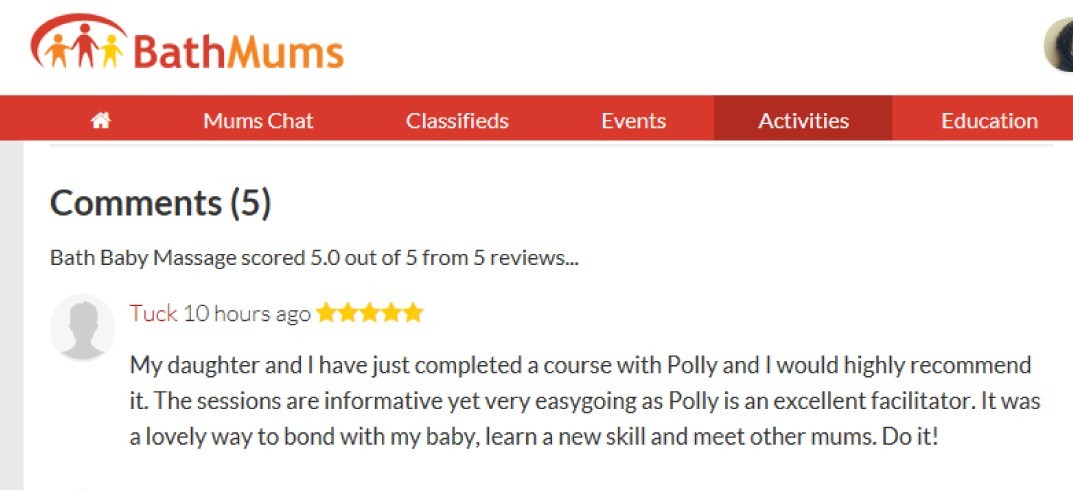This article has been written by the IAIM’S founder, Vimala McClure’s and taken from her blogsite.
“One evening after a family gathering at which a new-born cousin had made his first appearance, a friend’s six-year-old daughter claimed into her mother’s lap. “I wish I was a baby, Mommy,” she said. “Then I’d get a lot of attention.” That was a signal, time for a bedtime rubdown. Why? Not so much because she needed more attention, but because she needed to talk about the feelings her new cousin stirred in her.
It is important for children to talk about their feelings, but sometimes it is difficult to get them to open up. Often, the more we question, the more unresponsive they become. My eight-year-old was to have surgery within a week, and though I knew he should talk about his fears, I hadn’t yet been able to draw him out. The day after we had taken a tour of the children’s ward and met the nurses at the hospital, he seemed tense. I asked him if he had any questions. “I dunno,” he mumbled, shrugging and slinking off to his room. Later that evening I offered him a foot massage. I gently massaged his calves, knees, and feet; within five minutes he relaxed and began to talk. He had several questions about the hospital and his surgery and was finally able to get the reassurance he needed — that I would be there with hi, that he would not wake up during the surgery, and that he would be able to talk after his tonsillectomy. The operation went smoothly, and I remembered to use the soothing power of touch with him throughout the experience, before and after the surgery. A foot or hand massage helped us both relax and let go of scary feelings.
Anthropologist Ashley Montagu, author of Touching, states that a child’s close relationship with his parents is a source of basic self-esteem. “Persons who are callously unresponsive to human need, who have become so hardened that they are no longer in touch with the human condition, are not merely metaphorically so,” he says, “but clearly physiologically so.” A study reported in the Journal of Humanistic Psychology confirmed this idea, indicating that the higher the subject’s self-esteem, the more he communicates through touch. Before the age of twelve, children are more tactile-kinaesthetic — that is, they use feeling more than sight or hearing for information about the world. Therefore, a warm touch can often trigger an outpouring of feeling or shouts more than verbal communication. Saying “I love you” to your child is important, but more important is communicating your love through eye contact, through focused attention, and through your loving touch. In addition, for children, when praise is accompanied by touch, it is taken in eighty-five percent of the time, whereas praise given only with words is believed or absorbed only fifteen percent of the time.
Bonding between parents and children continues a the children age. Simply because a child has graduated from the in-arms stage doesn’t mean she no longer needs your attention through healthy touching. She will no longer be nursing, she won’t cuddle in the same way, her circle of support will widen, and she will be increasingly busy exploring the infinite possibilities of her world. But as she grows out of her mother’s and father’s arms, she will come to cherish those moments of closeness that reassure her that Mommy and Daddy are always there with a warm smile and a loving massage.
Though sometime in the first nine months is the ideal time to start the massage routine, it is never too late to begin. Usually a child between one and three years of age who has not been massaged from infancy will be much too busy to be still, but you may be able to start with a short, gentle back rub at bedtime. When your child becomes accustomed to being massaged, he will begin to ask for it.
How to Begin
Perhaps you’ve never considered massage as a means of opening communication between you and your child. How do you start without making it a “big deal”? The Soccer Player’s Special (or ballerina’s, whatever suits) is a good way to being. Here’s how:
- Make sure the area is warm and comfortable with no distractions.
- Wash your hands and remove jewellery.
- Bedtime or after a bathe is a god time, when your child is clean and ready to relax.
- Always begin by asking permission, and respect your child’s choices. Even when you move to another body part, you can say, “May I massage your tummy now?”
- Use a natural oil, just enough to make your movements smooth without excessive oil.
- Massage one leg at a time. Use the Milking and Rolling strokes. Use your thumbs to work circles around the knees, your fingertips to gently massage calf muscles, your thumbs to work all over the feet.
- Build self-esteem by saying positive things about your child while massaging, such as, “You have such beautiful hair” or “I noticed you shared your toys with your friend today. That was very nice of you. You are such a generous person.”
At different stages, your child will respond to being massaged differently. My best advice is to go with the flow, allowing her to lead you in the appropriate way. Here are some very common stages that children go through with massage, and what to do when your baby begins to respond differently. Of course, these ages are not rigid; each child will have his own rhythm and cycles of growth.
The Active Crawler
Active crawling is a challenging time for most parents, who are accustomed to massaging their infant as a soothing, quiet, communicative, and even meditative experience. When your baby starts crawling, massage becomes more playful and fun. Just about anything is preferable to lying on her back! You can use rhymes and games, give her a toy to play with or a hard biscuit to suck on. Instead of adhering rigidly to the sequence of stroking, just massage the part that appears in front of you. Babies will roll around, crawl, climb in your lap, sit up, and do all manner of movements. Be creative with your massage. My son and I made a game; he would start to crawl away, and I would say, “Oh, no you don’t! I’m gonna get you now!” and laugh, pulling him back toward my lap. He would giggle and want to do this over and over again. In the meantime, I massaged his back, his buttocks, his legs and feet.
The Toddler
From age one to three, your child will be developing her autonomy, and a big part of autonomy is exercising her freedom to say “no.” She may often reject massage altogether during this period. If this is her response when you offer a massage, respect her choice. Sometimes she may ask for massage is a coded way, such as “I have a tummy ache.” Then you can offer a massage. You can do the strokes in a playful way. Clara Ute Zacher Laves, an IAIM Instructor Trainer, suggests doing fun things like plating a garden on your child’s back, or making a pizza on her tummy. Use your imagination, and your child will enjoy this opportunity for creative play.
The Preschool Child
At about age three, your child will settle down and enjoy being massaged again in a more quiet way. Now that he has established his independence, he will like the feeling of being a “baby” again, receiving all of his parent’s attention. You can massage after a bath or at bedtime. Adapt the strokes to the child’s growing limbs, leaving out strokes that don’t fit or seem appropriate. Respect the modesty your child may have developed by now, and allow him to keep his T-shirt and underwear on. Tell a story as you massage legs, feet, tummy, and back, or ask your child what body part you are massaging, helping him to learn the names of different parts, such as forearm, thigh, calf, and so on. From now on, you can leave out the Gentle Movements, as your child is getting plenty of stitching and exercise in his day-to-day life.
The School-Age Child
Again, you will adapt the strokes to your child’s growing limbs, kneading the high and calf muscles as she lies flat rather than using the Milking strokes. Offer open-ended questions or statements that will encourage her to talk, such as “It seemed like you were a little sad when you came home today.” Music, story-telling, and talking can enhance the massage experience and allow time for your child to feel special and open up to you. You might add scent to your massage oil, allowing her to choose the scent. Most school-age children will enjoy the massage more if they are lying on their stomach other than face-up.
Helping an Older Child Adjust to a New Baby
A new baby is a fascinating, fearful creature to her older brother or sister. Hovered over and protected by adults, she seems an unapproachable, somehow dangerous little thing. Much has been written on the importance of letting your older child know that he is still loved and cherished in his own right when a new baby comes into the family. The next step is to help the older child and the baby begin a relationship of their own. It usually takes quite a bit longer for a child to fully bond with a new sibling. His first task is to understand that the baby is “here,” that mother is all right, that he is still loved as much as before, and that life goes on.
As you massage your baby every day, your older child will observe. He may remember being massaged (in fact, he still may enjoy being massaged), and identify with the baby. They share an experience and have something in common. If you give your child the opportunity to massage the baby occasionally (only if he wants too, of course), he will benefit by it in many ways, as will the baby. The older child will bond with the baby in the same ways that you do — with eye contact, touch, movement, and sound. He will learn that the baby is not necessarily so dangerous and fragile but a person like himself. His confidence will bloom as he comes to realize his own competence as a caregiver and protector. The baby will respond to him, overcoming her initial fear of his sometimes clumsy or rough handling, or startling behaviour. She will begin to relate to him as a loving peer and ally.
It is best to delay suggesting that an older child massage the new baby until the baby has passed through that stage of fragility when she is easily startled. Usually three or four months of age is about the right time, though a little earlier may be appropriate for an older child who is over four. Don’t worry about the techniques or whether your child uses oil. You can show him a couple of simple things (like the Open Book stroke on the chest or the I Love You stroke on the tummy), and then let him do it as he pleases. He will at first be hesitant and may need your encouragement to touch the baby. He might stroke her only a few times. But even the tiniest amount of contact will be very beneficial. Be sure to express your pleasure and pride to your child. Let him know that he did a good job and that his massaging is valuable to the baby.

